KnowYourCritter has picked their top five animals on the brink of extinction. You’ll never guess what we picked!
Every year, tens of hundreds of species of endangered animals on Earth become extinct, and human interference is increasing this rate faster than ever. Each animal, existing or extinct, is unique and beautiful in its own way. Here are our top picks.
1. Vaquita
If you translate the name “vaquita” into English, it means little cow. Contrarily, this critter does not look like your typical cow. The vaquita lives in the sea, enjoys eating a range of seafood and it always has a smile on its face.
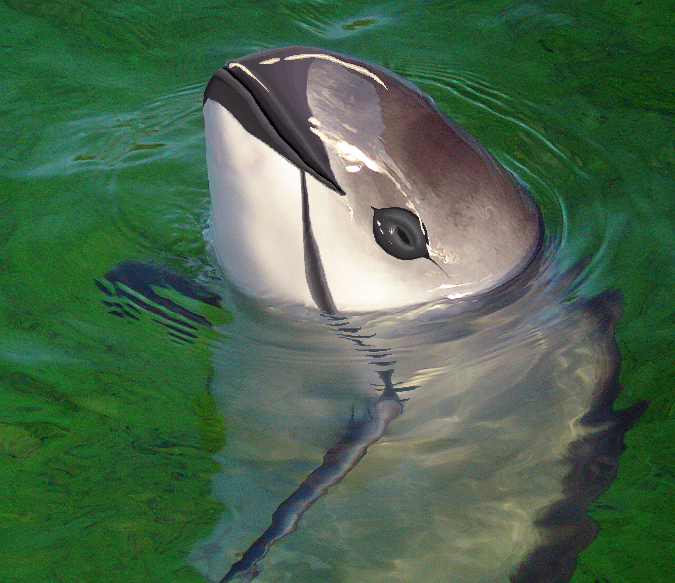
The vaquita is also known as Phocoena sinus and is known as a rare species of porpoise (a small toothed whale) which swims around the northern Gulf of California. Vaquitas are not the most sociable critter; preferring to swim alone in areas with warm water.
However, they become more sociable during their mating season and when females are caring for their baby. When vaquitas get together, they use high-pitched sounds, which for humans may sound like dolphins having a chat. If you ever come across a vaquita, it’s a guarantee that it will be delighted to see you.
Unfortunately, this adorable animal is listed as Critically Endangered. It would be a shame to see this magnificent creature disappear, but there are some people that have been lucky enough to encounter the vaquita and their unique behavior
2. Northern White rhinoceros
During the year of 2015, it was announced there are only three northern white rhinoceros (Ceratotherium simum cottoni) remaining in the world. To protect what little numbers are left, the rhinoceros are in captivity with armed guards, and 24-hour surveillance. There is enough evidence to suggest that this species of rhino is now officially extinct in the wild.
Poaching was the leading cause of their decrease in numbers, and has been occurring in all locations where the white rhinoceros are found: Around eastern and central Africa, and the southern Sahara.
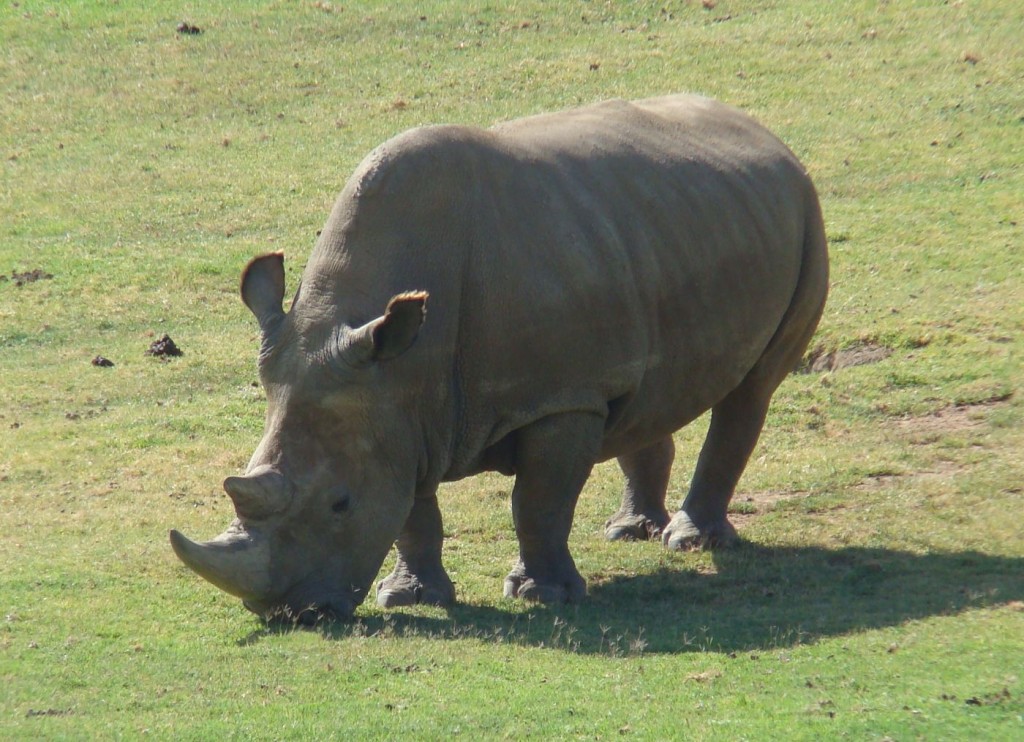
Ironically this mammal doesn’t enjoy the heat as much as one would think. it spends most of its time under the shade, or bathing in mud to keep a cooler temperature. As such, to spot it active and busy, you’ll want to see it during the cooler early hours of the day, or during sunset; searching for something to eat.
3. Snow leopard
Felines are the type of animal that generally enjoy a warm environment, where they nap on the grass on a sunny day. But some large cats like the snow leopard prefer a colder environment. This critter is scientifically known as the Panthera uncia. This gray fluffy cat has been listed as a threatened species, but is quickly approaching the Critically Endangered list.
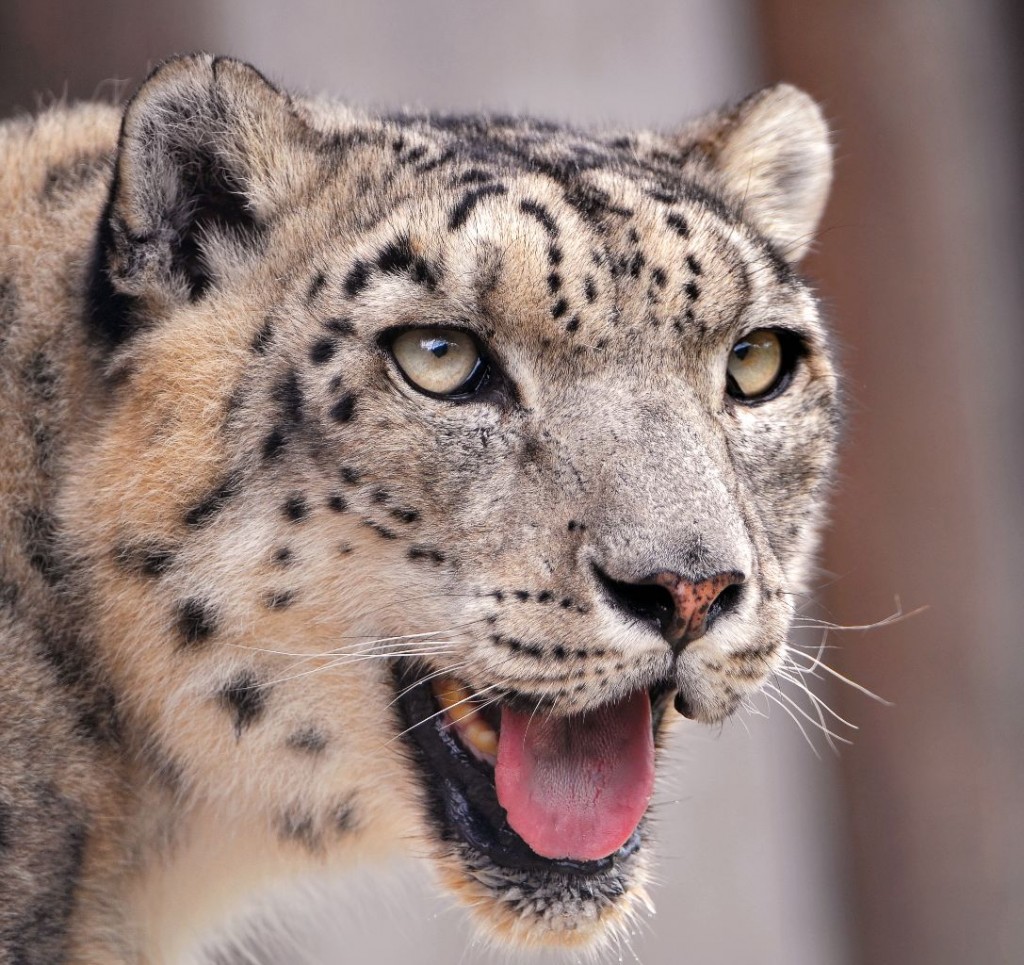
Even though it’s not easy to find this spotted creature in the wild; you can try to find one in 12 countries across Central and South Asia; mainly in mountain ranges. Although, for some people it may be difficult to climb those mountains; the snow leopard has the advantage of having a tail equally long as the length of its body, to help with the balance needed to climb a mountain and steep inclines.
Additionally, this critter can live in freezing conditions due to its thick fur that insulates heat as well as using its tail as an extra warm layer while resting on its chilly surrounding. When it’s time for a meal the snow leopard blends with the snow; to avoid being spotted by its prey. So if you are ever in a snow leopard’s territory: check for eyes in the snow!
If you would like to find out more or would like to protect this critter you can do so by clicking here.
4. Saola
If you ever thought all animals have been identified and studied by now, you’re in for a treat. The animal saola is the largest mammal in the world that has been near-impossible to find in the wild. It is scientifically known as Pseudoryx nghetinhensis, and it was first identified in 1992 due to the discovery of a saola skull. This beautiful critter is listed as Critically Endangered.

Since the saola’s discovery, researchers have gathered sufficient information to suggest that this animal inhabits within forest areas between the border of Laos and Vietnam. During the late 90s, a small number of saola’s were kept in captivity in order to study their diet and behaviour. It’s not fully known this animal’s whole diet, but it was recorded that they eat during daytime and twilight; with their main food source being stems, fern plants and fig leaves. Although, the few saolas that were witnessed in the wild were near streams and valleys during the colder seasons of the year. Ever since the discovery of the saola, scientists are still not sure it’s actual population size.
5. Pangolin
What animal has the body of an armadillo and the face of an anteater?
It’s the amazing pangolin!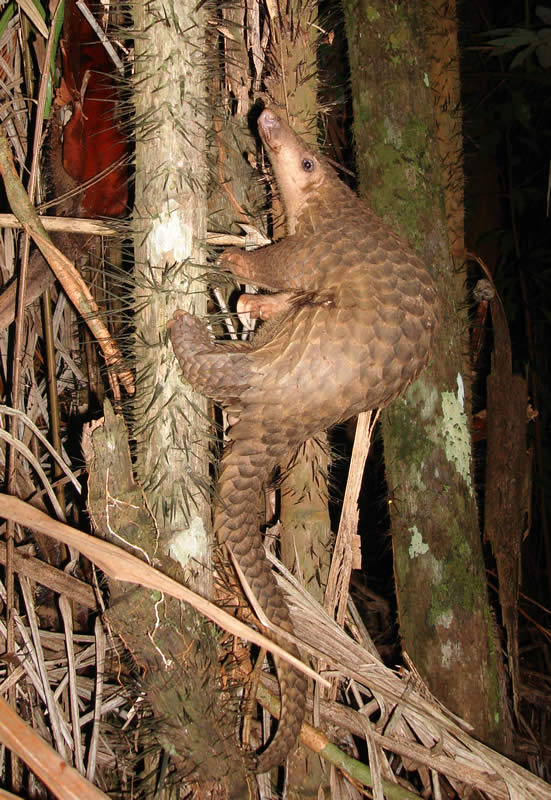
This Critically Endangered creature is known for its scaly body that it uses for protection by rolling into a ball, whenever there’s a predator nearby. Active at night, this critter feeds on a diet of small insects, particularly ants and termites. You can find the pangolin in a variety of different species dotted around Asia and Africa. These species differ in colour and size.
Unfortunately, this critter is hunted for their meat and scales. They are decreasing in numbers faster than before.
So, how can you save these animals from disappearing forever?
With your help, we can make a difference. Whether a simple signing of an anti-poaching petition, or you can adopt and protect an endangered animal.
For more information and if you would like to get involved, please visit the World Wildlife Fund Here.

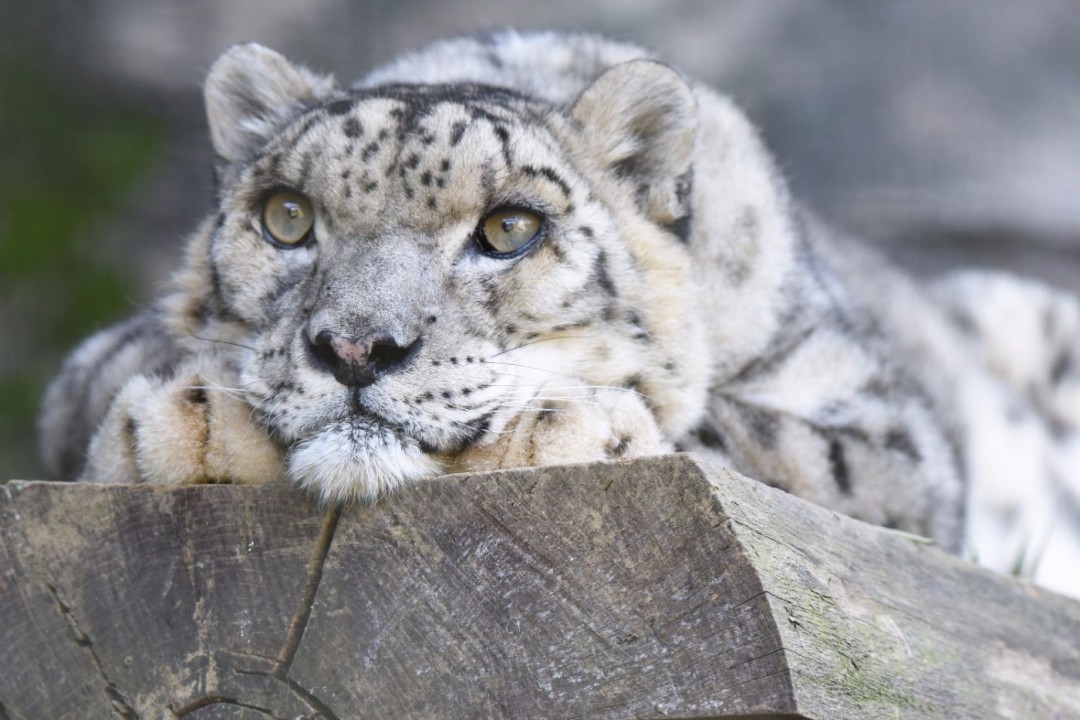
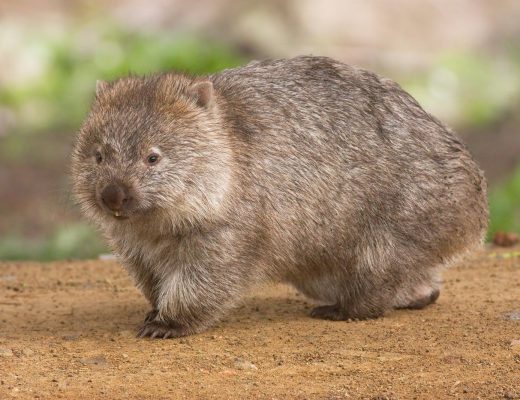
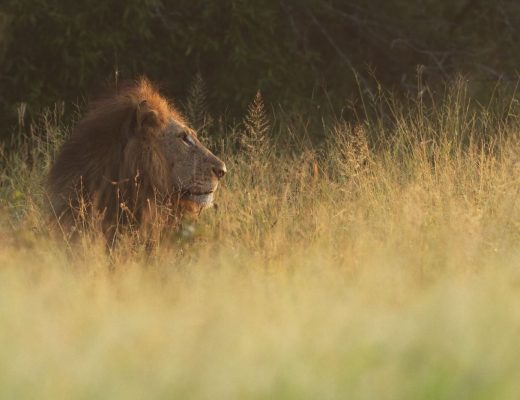
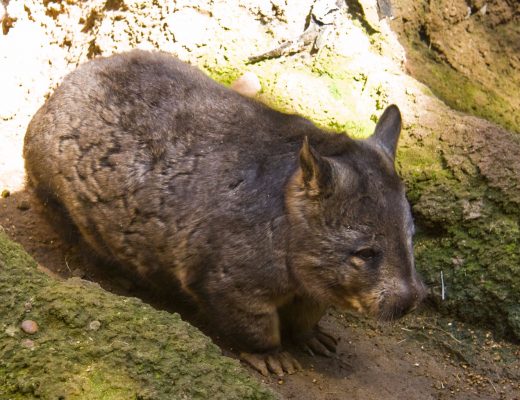
No Comments